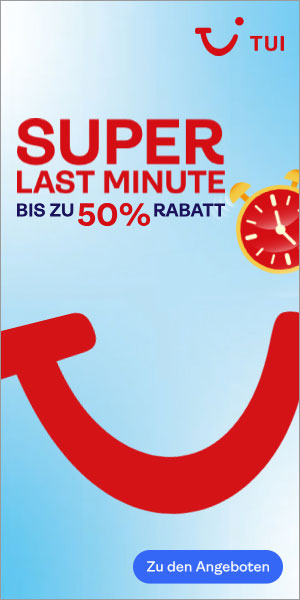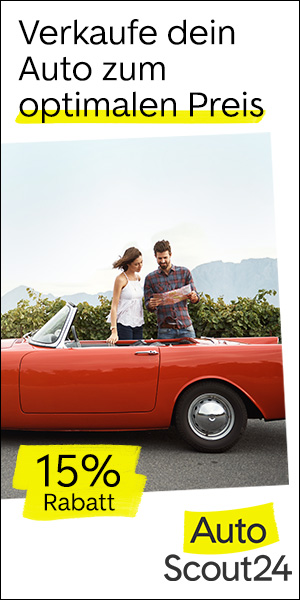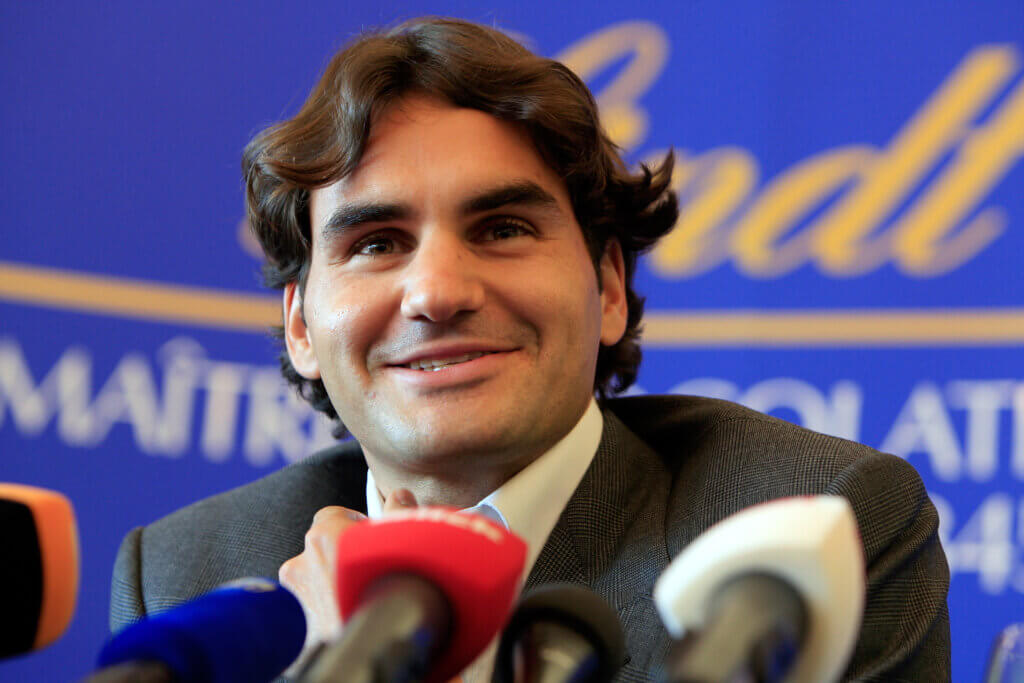
Swiss luxury products usually have exorbitant profit margins. But one manufacturer hardly makes any real good money.
The profit margins of Swiss luxury goods manufacturers are enormous, but vary widely. You don’t have to look far for top earners and you will find them in financial reports of luxury watch or jewelry companies that make exorbitant profit margins.
Recently, the Richemont Group with its brands such as Cartier, Van Cleef & Arpels, IWC, Montblanc, Piaget or Lange & Söhne, for example, reported an operating profit margin of over 37 percent in the jewelry segment around diamonds, necklaces & co. as reported by muula.ch.
Even sanitary ware is top
In luxury watches, Richemont still comes close to a 25 percent profit margin.
Luxury hotels or producers of haute couture clothing or luxury travel luggage also generate such high profits.
If you also look at the profit margins of Swiss producers who are not active in the luxury segment, it is not uncommon to see high values. A standard example is the sanitary technology group Geberit, which reports good Ebit margins of around 25 or 26 percent in normal years.
Mini-profits
But then observers quickly reach the valley of tears when they look, for example, at the premium chocolate manufacturer Lindt & Sprüngli.
Although the chocolate products are in the luxury segment, there is no exorbitant profit below the line – not as some might think.
muula.ch did some research and simply picked out one of Lindt & Sprüngli’s annual financial statements. It shows that the profit margin, i.e. net profit divided by sales, was at just around 6 percent in 2002 or 2003.
14,000 employees
Looking at a 5-year overview of key figures, the Schoggi Group achieves operating profit margins of around 14 percent. And net profit margins are of around 10 percent.
However, the latter were only 4.8 percent in 1999 and only 5.0 percent at the turn of the millennium, i.e. quite low.
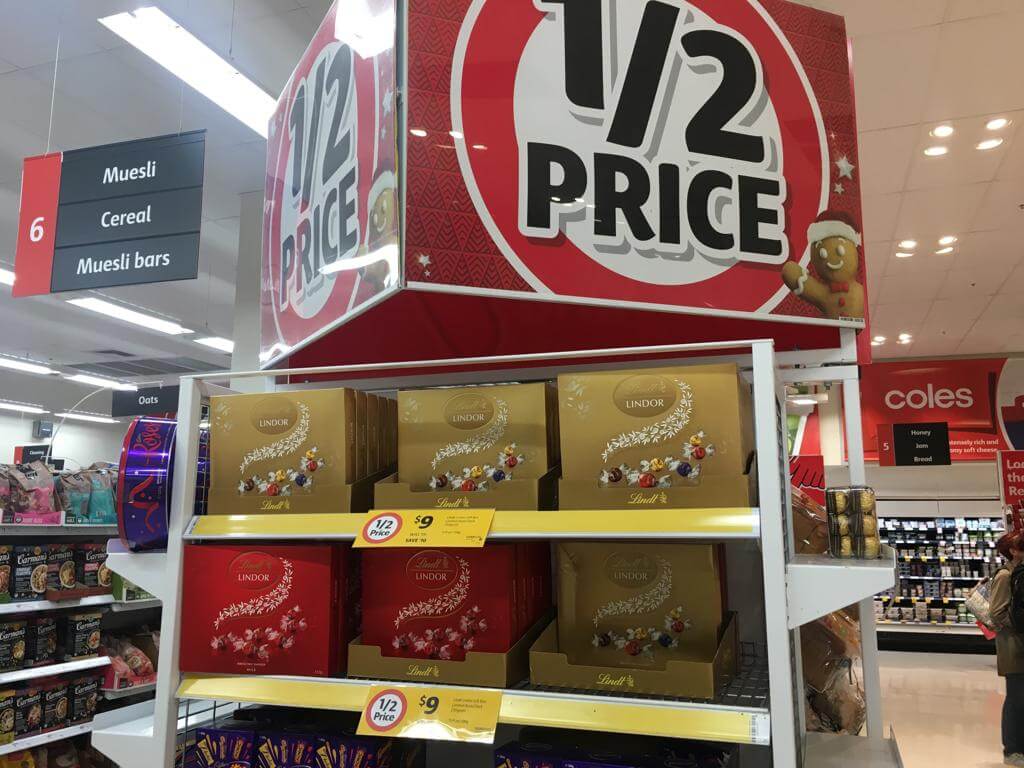
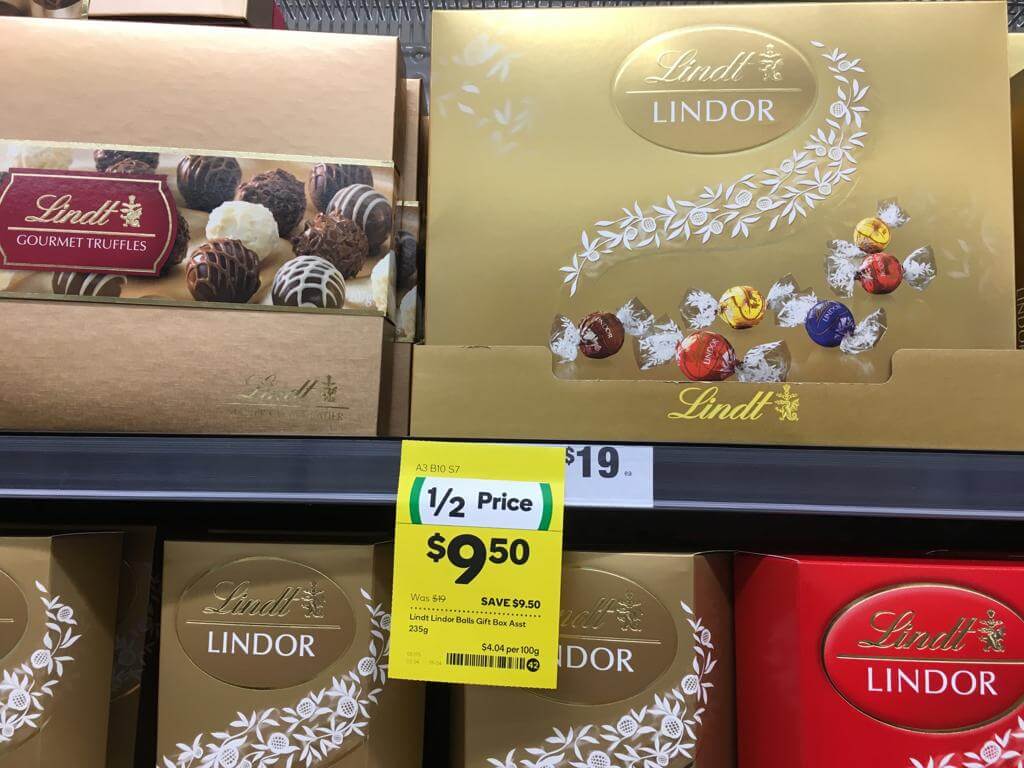
The chocolate company from Kilchberg, which after all employs around 14,000 people, is therefore not a perfect gold mine, as is often widely assumed.
But why is that? Clearly, the costs are too high in comparison with the sales achieved. For example, the cocoa, the nuts and the whole production process costs comparatively a lot.
Expensive tennis pro?
One aspect must not be forgotten and that is marketing. Lindt’s brand ambassador alone, the Swiss tennis star Roger Federer, is likely to swallow up vast sums of money.
But Federer ideally embodies the values of Swissness, premium quality, passion and competence that Lindt & Sprüngli stands for as a traditional Swiss company, the company said.
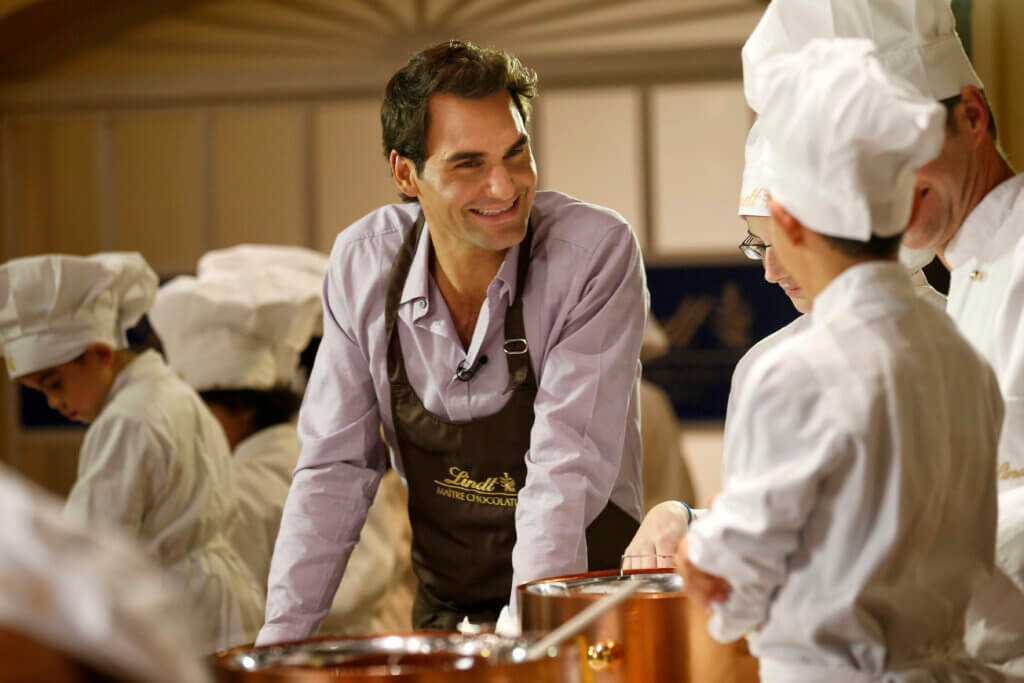
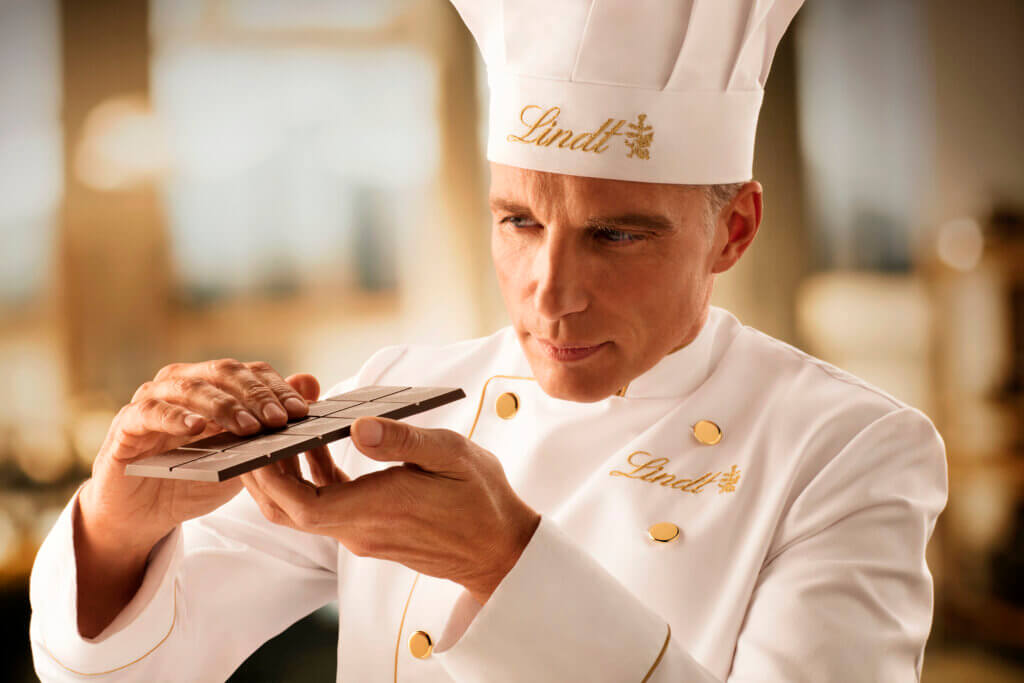
The tennis pro supports the traditional company in the further strategic expansion of its international brand awareness and the conquest of important future markets, and this costs money. It is difficult to determine whether the whole thing is having an effect and actually leading to additional revenue.
Lindt’s largest individual markets in Europe are Germany and France, which are not exactly chocolate deserts either, but these countries also have their own local brands.
Particularly abroad, Lindt also frequently has to defend the trademark rights to Goldhasen & Co. which is also likely to cost money.
Billions for materials
In the 2021 annual financial statements, there is a multi-year overview of costs, and it becomes clear that material costs account for around 35 percent of the 4.6 billion Swiss francs in sales, and personnel costs account for around 20 percent of revenues.
In absolute terms, this means that of the 4.6 billion Swiss francs in revenue, around 1.5 billion Swiss francs are spent on materials. An additional one billion Swiss francs is then spent on personnel.
Depreciation is a burden
Operating expenses, such as marketing and logistics, account for around 26 percent of the total, i.e. another 1.1 billion Swiss francs in absolute terms.
Depreciation and value adjustments account for an additional 4 to 7 percent. Financing costs and taxes make up the rest. Ultimately, the luxury chocolate manufacturer does not have much left over at the bottom line.
Over longer periods, dividend yields on Lindt shares are actually only between one and two percent.
Red figures for discounts
So if someone asks for an additional discount of, say, a low ten percent the next time they buy Lindt chocolate in the store, the sales staff should think twice about granting such a discount.
After all, Lindt & Sprüngli would usually already be in the red with such a discounted sale.
12/26/2022/kut./ena.

